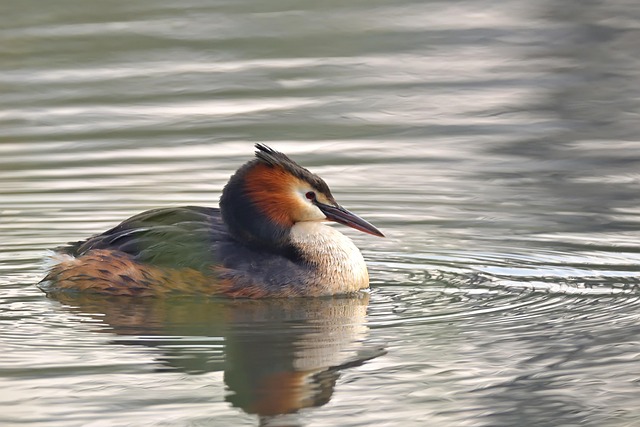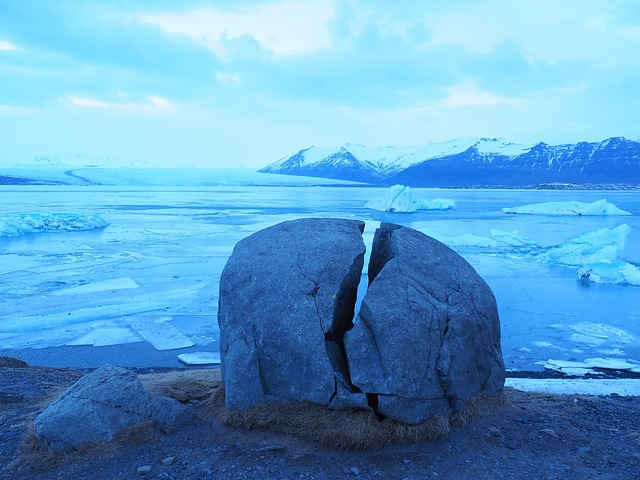As the icy grips of winter loosen, a familiar sight brightens our skies: migratory birds. These remarkable creatures embark on epic journeys, traveling thousands of miles to find warmer climates and suitable breeding grounds. Yet, with climate change pushing boundaries and altering habitats, the symbiosis between migratory birds and their environments is becoming increasingly precarious.
Across the globe, the impact of climate change is felt sharply in the environments that migratory birds call home. As temperatures rise and weather patterns shift, the delicate ecosystems that these birds rely on for food and shelter are at risk. Wetlands, marshes, and coastal areas, which play critical roles in the survival of various species, are disappearing due to rising sea levels and human encroachment. The loss of these vital habitats directly affects migratory birds, making their lengthy journeys more arduous and unpredictable.
Moreover, food sources are being disrupted. Many migratory birds rely on specific plants and insects that are sensitive to temperature changes. With flowers blooming earlier or later than expected due to shifting climate patterns, the synchronized timing that birds have relied on for centuries is thrown into disarray. Imagine a mother bird arriving at her nesting site, exhausted from her long journey, only to find that her preferred food source is gone. This harsh reality is becoming more common, as the intricate relationships between species are fraying under the heat of climate change.
The winters are also changing. Previously consistent migration patterns are now in flux, with many species arriving either too early or too late. This timing misalignment affects breeding success and survival rates. Imagine the anxiety of a bird helplessly watching its chicks struggle in a harsh environment that is no longer suited for their survival. Each season becomes a gamble, and as climate change intensifies, the odds seem increasingly stacked against them.
Furthermore, climate change doesn’t just create challenges but also opportunities for some species. As certain environments become inhospitable, other areas may see an influx of new migratory birds, reshaping local biodiversity. Although this may sound like a positive development, the introduction of new species can disrupt existing ecosystems, leading to competition for resources and further strain on the original inhabitants. It’s a double-edged sword that creates uncertainty for all involved.
To compound these pressures, the increase in extreme weather events—such as hurricanes, heavy rainfall, and droughts—can devastate breeding grounds and migratory stopovers. An unexpected storm can wash away nests or leave adult birds unable to care for their young, creating a cascading effect throughout the population. Such unpredictability presents daunting challenges for species that have relied on stable climates for millennia.
The time we take to reflect on the plight of migratory birds must also be coupled with action. Protecting critical habitats, restoring ecosystems, and creating wildlife corridors are just a few steps we can take to mitigate the impacts of climate change. By supporting conservation efforts, we can help ensure that migratory birds continue to grace our skies and inspire wonder in generations to come. Together, we can be the guardians of these remarkable travelers, ensuring their journeys are not just memories of the past, but thriving realities of our shared future.



